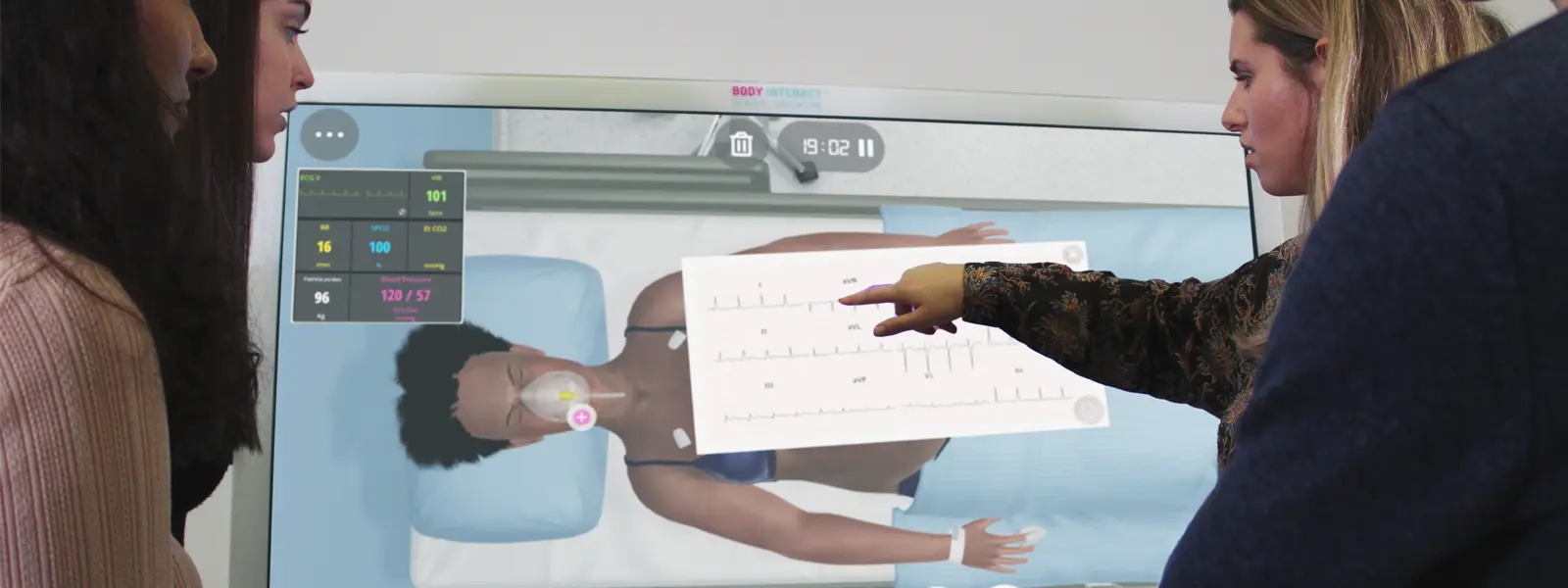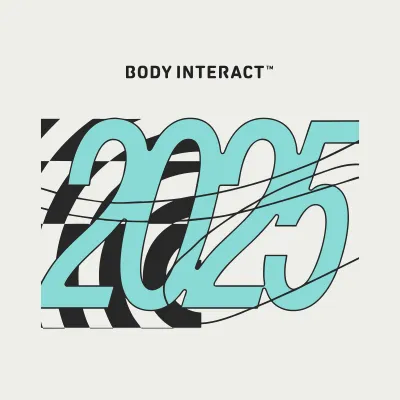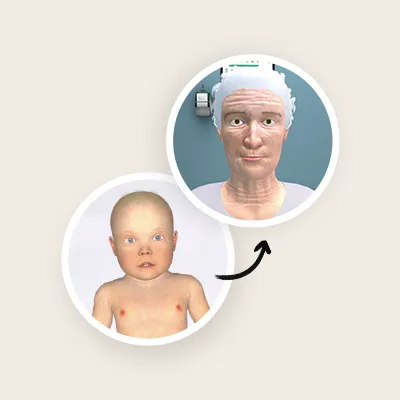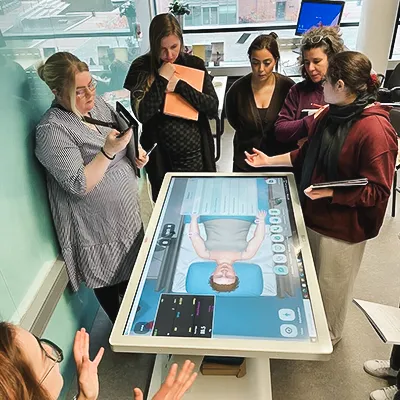
SSH Summer Learning Lab
The Benefits of using virtual patients simulation in Healthcare Education
In a world constantly evolving, the field of healthcare education is not far behind. The advent of cutting-edge technologies has paved the way for innovative teaching methods that transcend traditional classroom boundaries.
As a Corporate Roundtable of the Society for Simulation in Healthcare, Body Interact hosted a summer learning lab titled “Transforming the way we teach and learn – The benefits of using Virtual Patients”. This captivating event brought together educators, healthcare professionals and technology enthusiasts to delve into the immense potential of Virtual Patients in revolutionizing education. Additionally, two educators were invited to share their experiences and best practices with the present audience.
Bridging the gap between clinical theory and practice
One of the webinar’s key highlights was the ability of virtual patients to replicate clinical situations. Through advanced simulations, nursing and medical students can develop diagnostic and problem-solving skills by analyzing symptoms, ordering tests, and making informed treatment decisions.
This experience in a risk-free but realistic environment helps bridge the gap between theory and practice, preparing learners to confidently face real-world challenges. Additionally, the virtual patient approach facilitates repeated practice, enabling students to refine their skills, identify areas of improvement and build competency at their own pace.
Immersive learning not only enhances critical thinking and decision-making skills but also cultivates empathy and fosters interdisciplinary collaboration.
Simulation-based Learning for Nursing students
Lyndsey Brooks, a Nursing Educator at the St. Elizabeth School of Nursing, focused on how to reinvent Nursing Education through her experience with Virtual Patient Simulation.
In Nursing Education, the cultivation of robust critical thinking and decision-making skills is of utmost importance. However, integrating the NCSBN Clinical Judgment Model into the classroom setting has posed certain challenges. Fortunately, in the opinion of the Nursing Educator, Body Interact has “emerged as a solution, empowering educators to delve into each facet of the model through immersive scenarios”.
Professor Brooks has introduced a “Case Study” approach to her classes. Selecting scenarios that closely align with real-life situations, she engages her students in an interactive simulation. While the students make decisions, faculty members maintain control of the simulations. The debriefing process is guided, drawing upon the invaluable feedback provided by Body Interact’s post-simulation analysis.
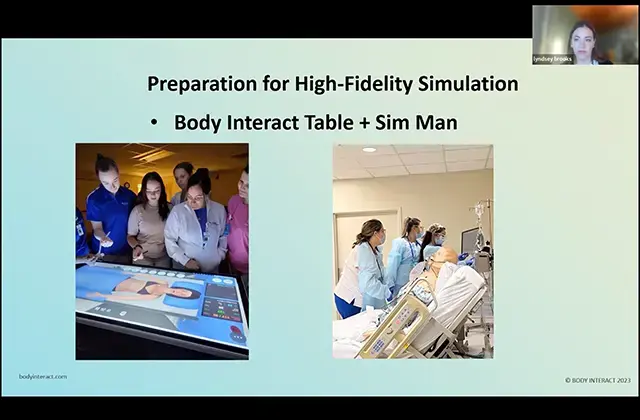
Promote reflective practice with virtual patients
At her institution, she has also incorporated clinical makeup assignments to further enhance students’ problem-solving skills. These assignments entail learners working on scenarios at home and completing accompanying worksheets.
During in-house clinics, students can rotate between the Body Interact table and the classroom projector, thus ensuring a multidimensional learning experience. The clinics culminate in the training of psychomotor skills when utilizing “Simtegration”. The combination of the Body Interact – Virtual Patient Simulator – with other simulation resources such as task trainers, low or high-fidelity manikins, and standardised patients. This strategy provides a more comprehensive learning experience to all learners, as well as promotes the efficient use of the existing resources of the institutions.
The feedback from students has been overwhelmingly positive. Prof. Lyndsey Brooks believes that her students are now equipped to provide high-quality care to their future patients.

At Body Interact USA & Canada Community 1st meeting, Prof. Lyndsey Brooks shared how Body Interact can be used in conjunction with the NCSBN Clinical Judgment Model to better prepare nurses for real-world challenges and enable them to provide optimal patient care.
Curious about this strategy for Nursing Education?
Virtual Patient Simulation in Medical Education
Antonio Scalogna, an expert in Simulation Operations at SIMNOVA located in Italy, delivered an enlightening presentation highlighting the utilization of Body Interact in the Medicine Degree Program.
During his talk, Antonio informed the audience about the collaborative approach taken by learners in groups, where they gather patient clinical information, establish a diagnosis and administer appropriate treatments based on the Body Interact scenarios.
Furthermore, SIMNOVA employs Simtegration, a concept that enables students to enhance their psychomotor and procedural skills while honing their clinical reasoning abilities.
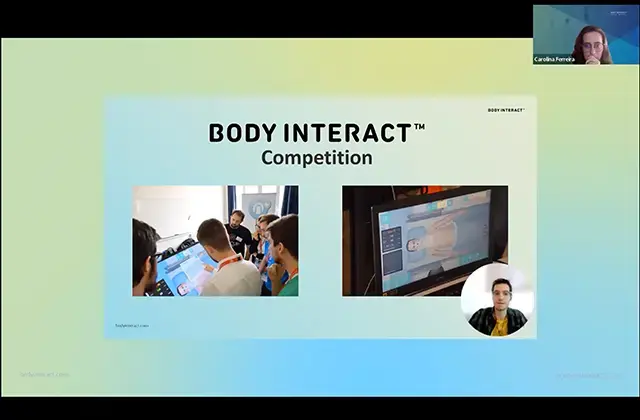
Active learning through Virtual Patients competitions
SINMOVA also actively promotes SIMCUP. An exciting competition designed for teams comprised of residents from diverse medical specialities across Italy. This engaging event features teams working together to tackle challenging Body Interact scenarios.
In addition to these initiatives, SIMNOVA extends its outreach to Elementary and High School students, allowing them to explore the potential curricular opportunities offered by the university. Students are encouraged to visit the campus while receiving valuable insights into their future prospects in healthcare careers. As part of this experience, they can engage with Body Interact virtual patient scenarios for cardiopulmonary resuscitation (CPR) training, as well as, the available manikins.
Interested to review the Simtegration – Skills Lab Integration Guide?
Schedule a 15 min meeting with the Body Interact team
By Carolina Ferreira – Customer Trainer | Registered Nurse

